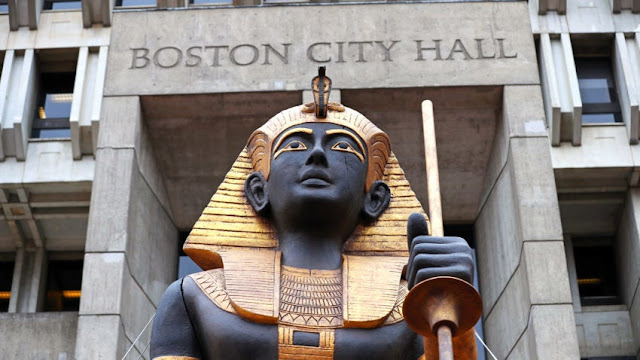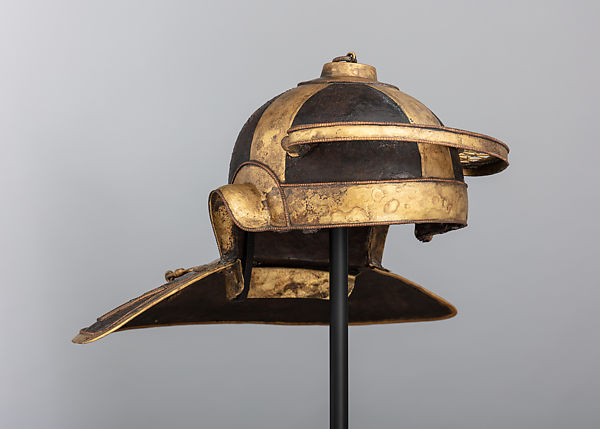Maya: The Exhibit March 14 - September 7, 2020 at the Cinncinnati Museum Center

Maya: The Exhibit March 14 - September 7, 2020 at the Cincinnati Museum Center. With over 300 artifacts, discover the astronomers, mathematicians, inventors and gods who dominated the Mayan civilization with their inventions and traditions like the number zero, the production of vulcanized rubber, and the delicious taste of chocolate. The exhibit includes not only original artifacts but precisely reproduced artwork that can be e xplored tactiley by visitors. Image: One of the few known examples of large, three-dimensional stucco sculptures discovered with its original colors still preserved. The jaguar-masked figure is believed to represent a mythological feline being – either a high-ranking noble in the guise of a jaguar deity or one of the feline figures from the diverse pantheon of classic Maya deities. It measures over 9 feet long and 2 feet high (Height: 66 cm; Length: 266 cm; Width: 105 cm). Maya Lowlands, Peten, Guatemala, Early Classic period (ca. 250-600 CE). Fund























